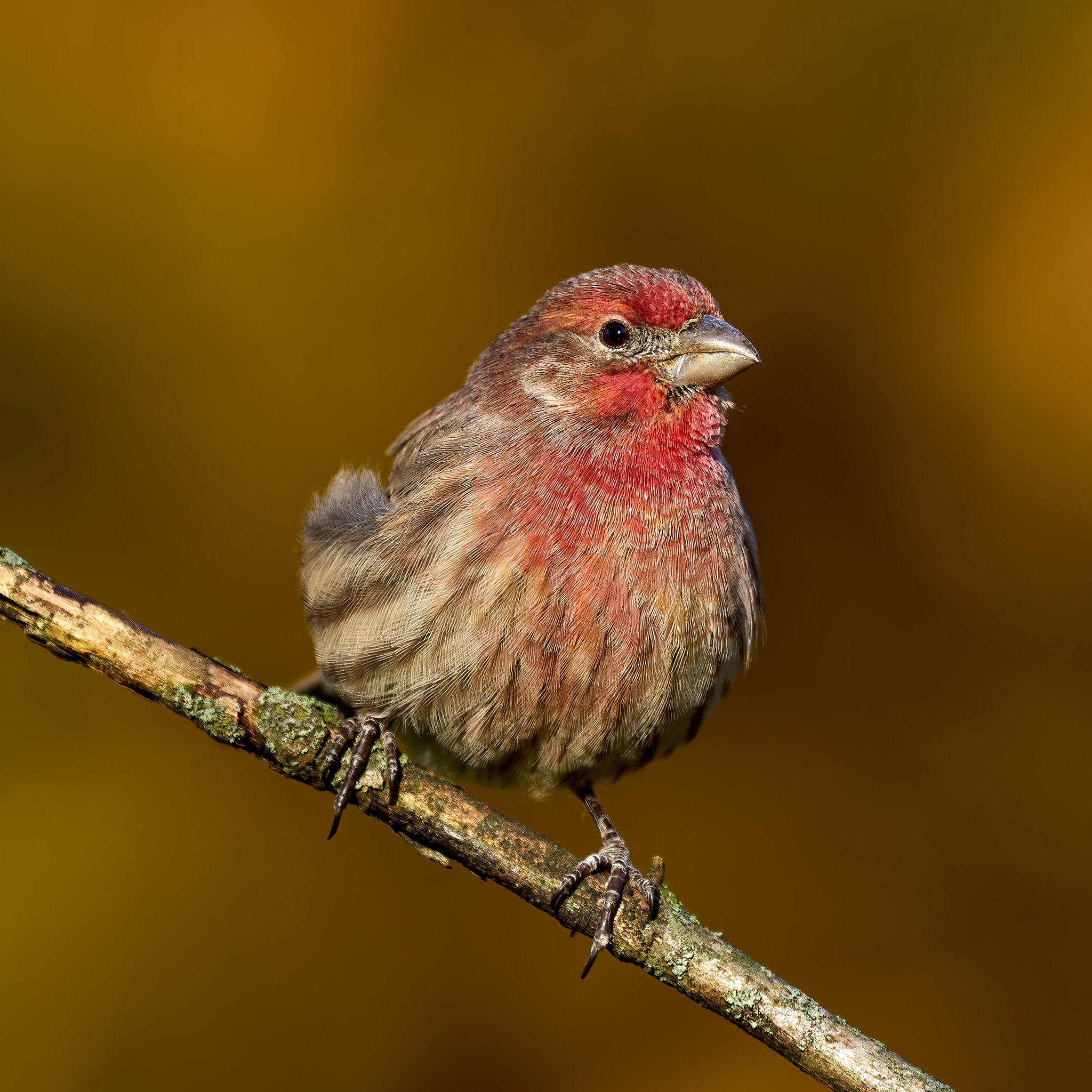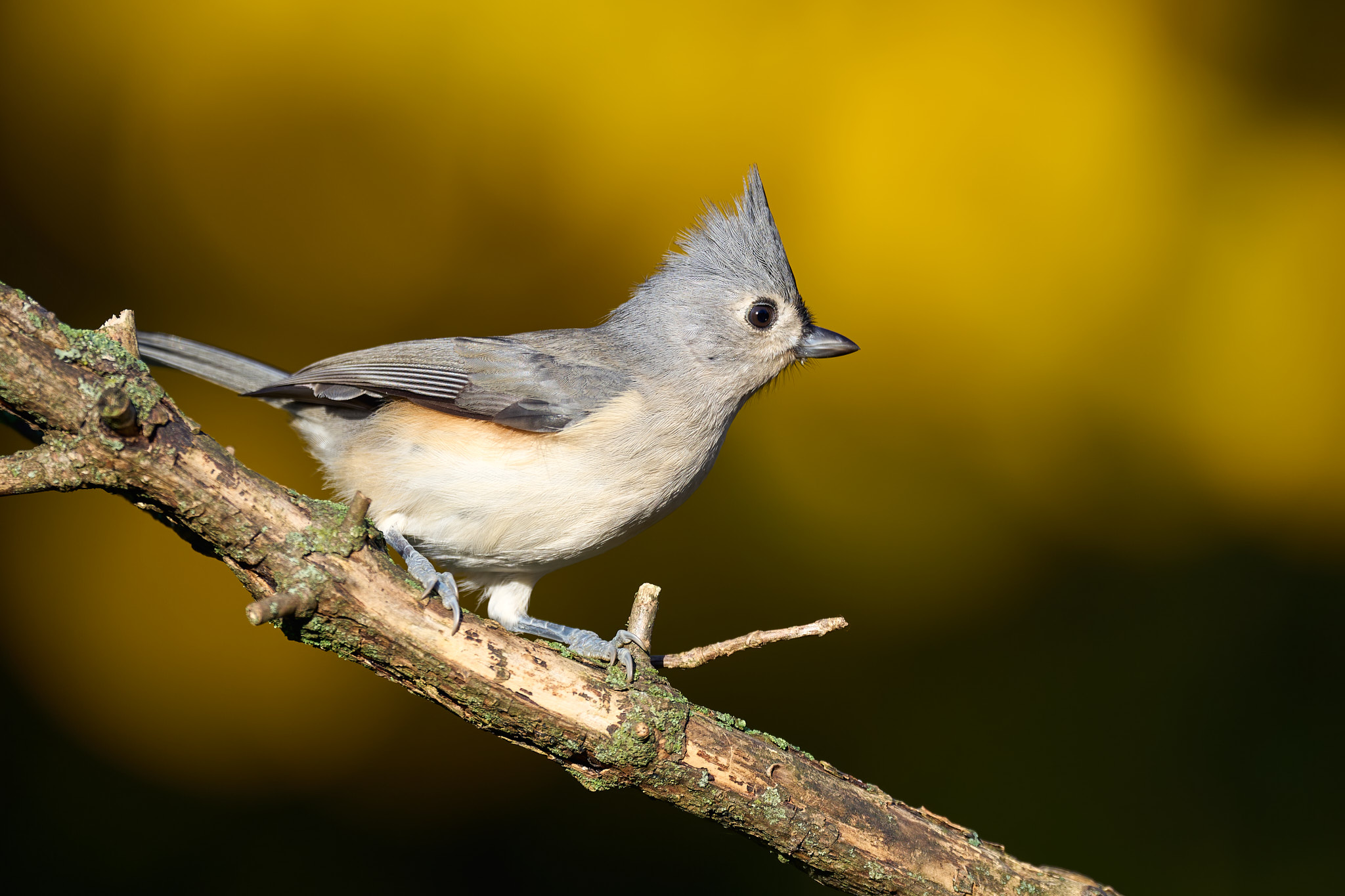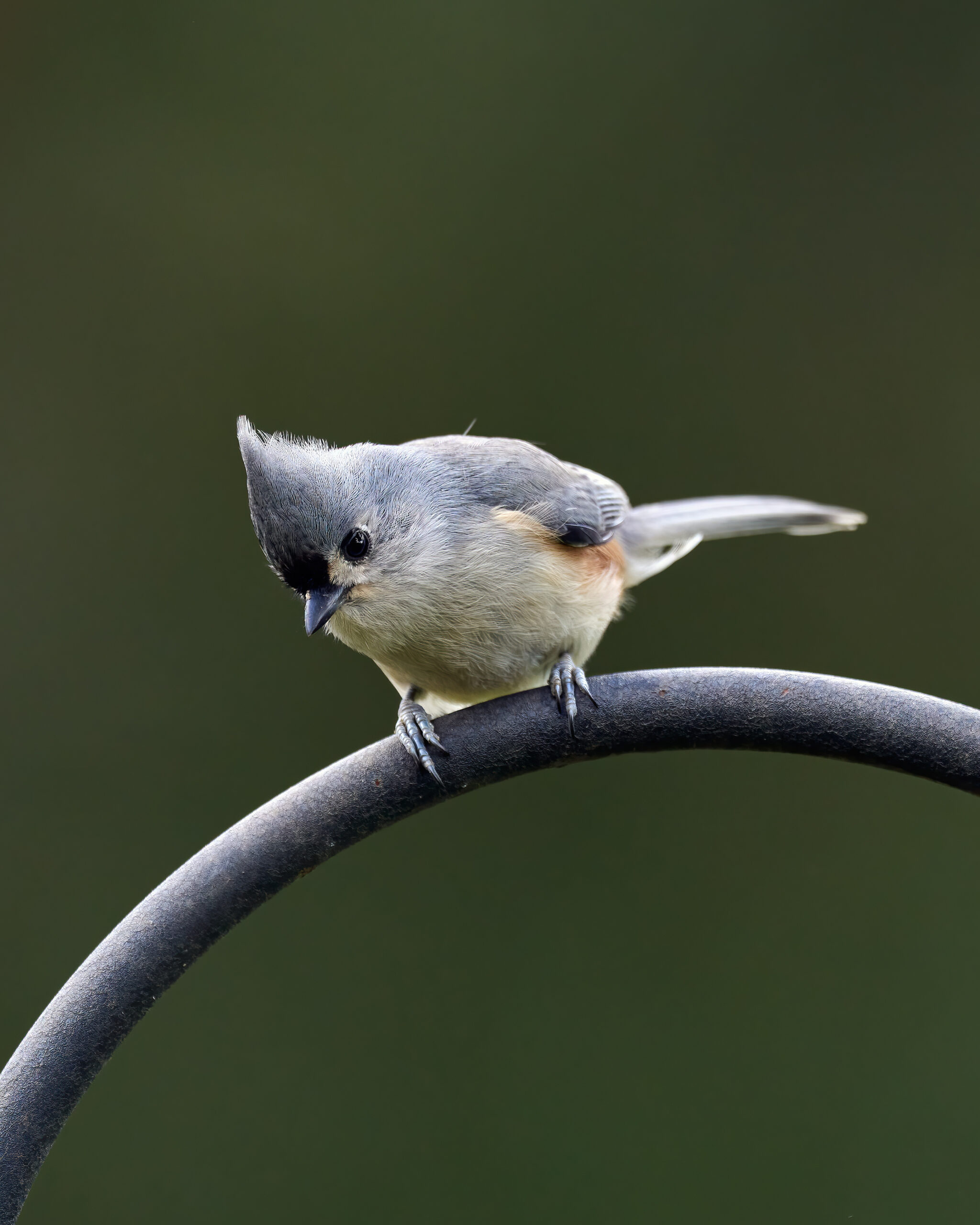
Fall mornings always have a way of creating magical moments, especially when the vibrant colors of nature serve as the backdrop for some of my favorite backyard birds. This House Finch, perched gracefully against the golden hues of autumn, was a perfect subject for today’s shoot. The early morning light brought out the stunning reds in its feathers, contrasting beautifully with the surrounding fall foliage.
The Beauty of House Finches in Autumn
House Finches are a common sight across the East Coast, but during fall, their reddish plumage stands out more than ever. While their natural range spans much of North America, they tend to stick close to feeders in both rural and suburban environments, making them accessible to birdwatchers and photographers alike.
This particular finch seemed to embrace the fall light, hopping from branch to branch, pausing just long enough for me to capture its essence against the vivid backdrop. Their distinctive chirping calls filled the crisp air, creating a serene scene that I’m always grateful to witness.
Photographing House Finches: A Quick Tip
If you’re interested in photographing birds like the House Finch, take advantage of early morning light. The softness of the golden hour adds a warmth that complements the red hues in their feathers. Patience is key—watch them at feeders or nearby perches, and be ready when they pause in just the right spot.
Why Fall is Ideal for Bird Photography
Autumn is one of the best times for bird photography. The vibrant foliage, crisp air, and frequent visits of birds to backyard feeders create a dynamic environment for capturing stunning images. Birds like the House Finch bring color to the scene, especially in the morning light when the low sun enhances every detail.
I’ll be sharing more photos and tips from my recent shoots as the season progresses, so stay tuned for more updates on my blog. And as always, grab your camera and spend some time outside this fall—you never know what magical moments might await you.


